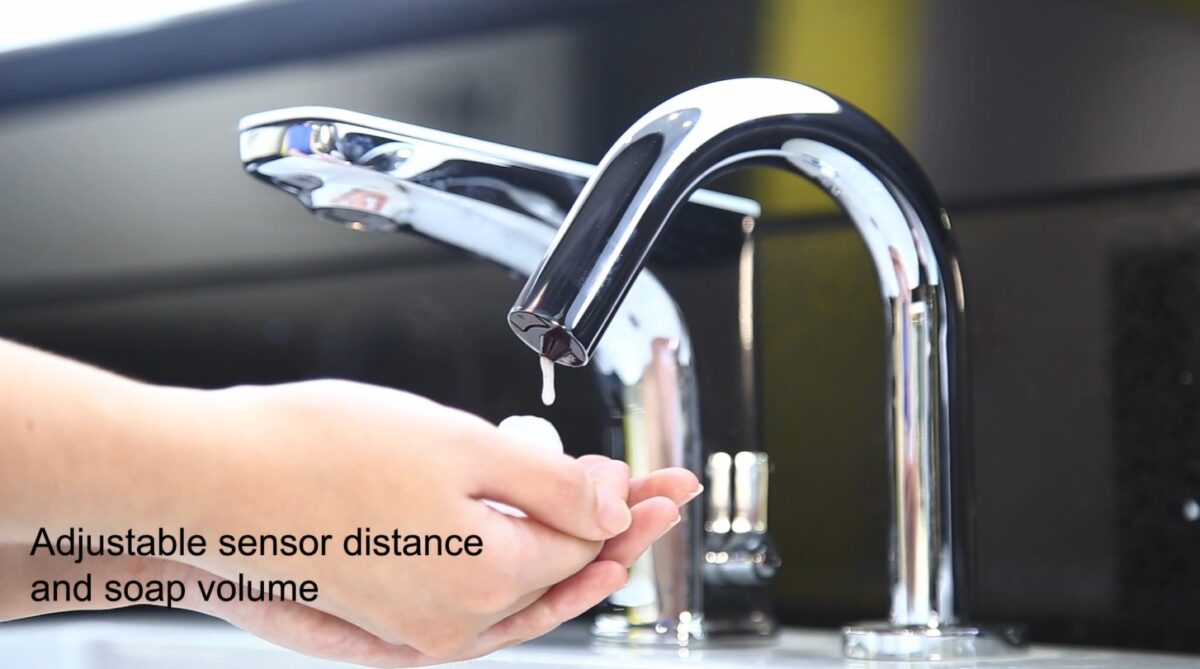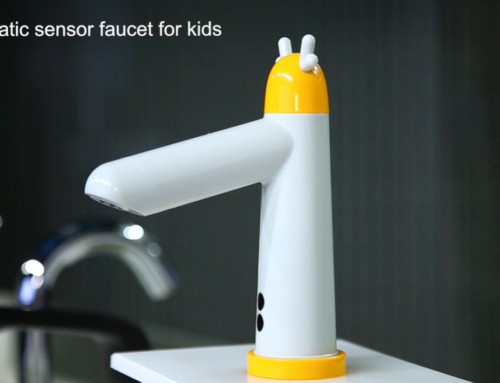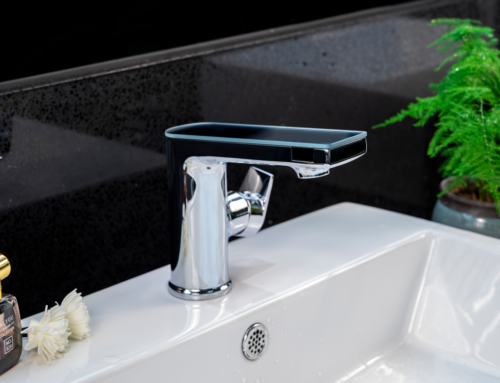The automatic touchless soap dispenser is an amazing solution that comes with several benefits for public and private bathrooms.
Touchless reduces the spreading of germs and bacteria
The transmission of viruses and bacteria by hand is the second most common source of infection after respiratory infections. Therefore, hand washing is essential for good health and disease prevention. Manual soap dispenser surfaces in public restrooms are often breeding grounds for disease-causing bacteria.
Automatic soap dispensers offer a solution that prevents hands from directly touching surfaces. They significantly reduce the risk of spreading viruses and bacteria and prevent cross-contamination. As such, they provide employees, customers, and visitors with a higher level of infection protection and hygiene than conventional soap dispensers.
Preset dispense in a specific amount of soap
Touchless soap dispensers will only dispense a set amount of soap per motion-sensing activation. A predetermined amount to be dispensed can be set to a highly efficient quantity in which waste will be minimal.
So touch-free soap dispensers are not only more hygienic than manual soap dispensers but also help reduce soap consumption. High soap consumption in public restrooms is a common problem. The soap dispenser with a sensor dispenses only a preset amount of soap, minimizing and controlling consumption. This has the best effect on reducing ongoing monthly soap costs in public restrooms.
Easy to use
When the sensor of the dispenser senses hands in the sensing range (generally within 8cm to 12cm), it automatically dispenses a specific amount of foam soap and then stops automatically. This eradicates the need for human contact with the appliance for it to function. The goal is to ensure hygienic usage, which is why it is widely used in places with high public human traffic. This reduces the rate of transmission of diseases and germs from one person to another.
Nowadays, this kind of touchless soap dispenser is installed at homes as well for disinfecting hands, especially after the Covid-19 pandemic due to increased awareness about hygiene among people.




